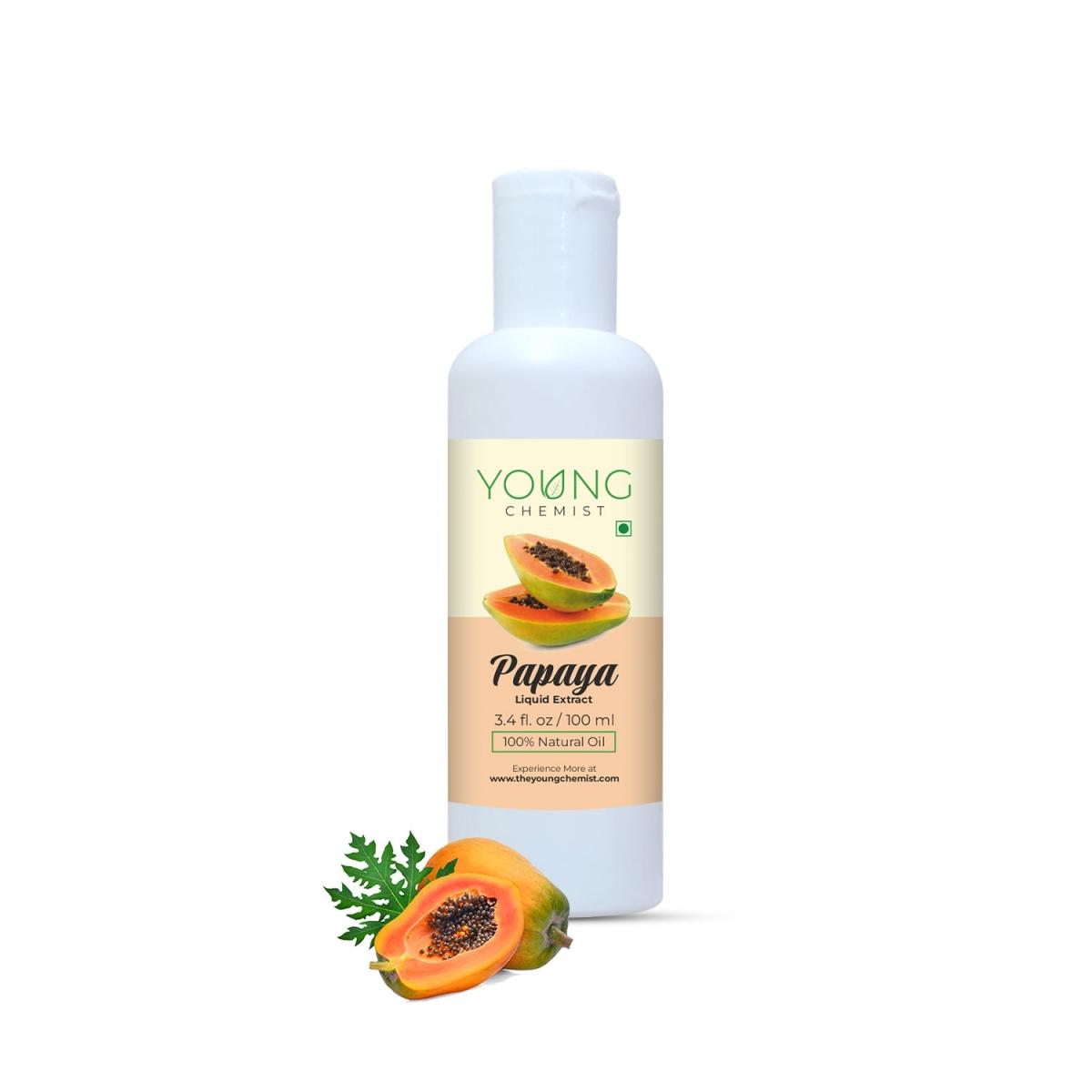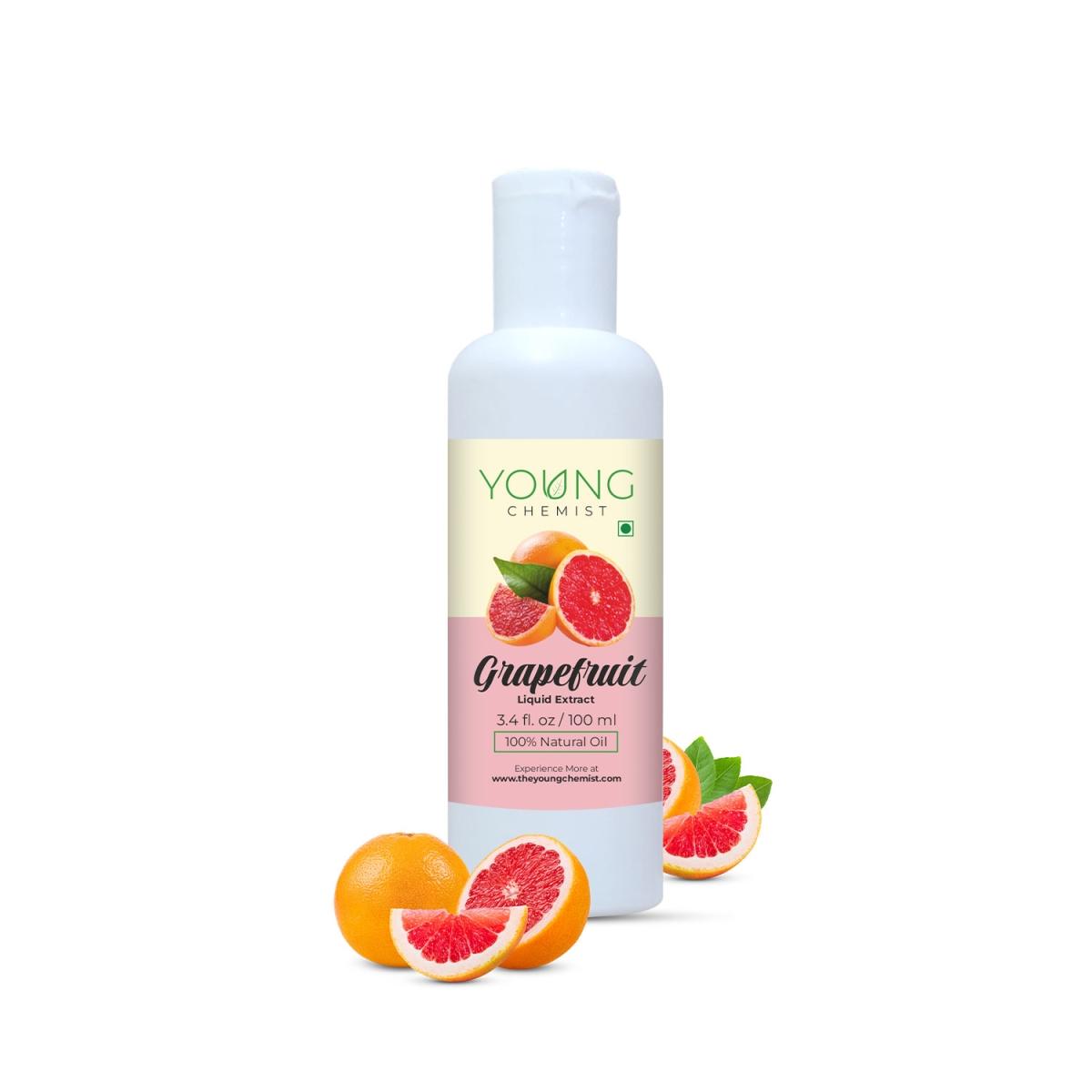Best Indian-Style Sandwich Recipes to Spice Up Your Day
When it comes to quick, delicious, and satisfying meals, a good sandwich is hard to beat. But why settle for plain when you can add a burst of Indian flavor? Indian-style sandwiches combine the comfort of bread with the richness of spices, chutneys, and flavorful fillings. From street-style favorites to healthy homemade versions, these Sandwich Recipe ideas will bring a spicy twist to your everyday meals.
1. Mumbai Masala Toast Sandwich
A true street food legend, the Mumbai Masala Toast is a spicy, crispy delight. It’s layered with green chutney, butter, mashed spiced potatoes, and sliced vegetables like tomatoes, onions, and cucumber.
Ingredients:
Bread slices, butter, green chutney, boiled potatoes, onion, tomato, cucumber, chaat masala, and cheese (optional).
Method:
Spread butter and chutney on bread slices.
Add mashed potato and vegetables.
Sprinkle chaat masala and top with another slice.
Grill until golden brown and serve with ketchup or chutney.
2. Paneer Tikka Sandwich
If you love paneer, this is a must-try Sandwich Recipe. The marinated and grilled paneer cubes create a smoky, spicy flavor that pairs perfectly with bread.
Ingredients:
Paneer cubes, curd, red chili powder, turmeric, cumin powder, garam masala, and bread.
Method:
Marinate paneer in curd and spices for 15 minutes.
Grill or pan-fry until golden.
Place the paneer on toasted bread with onions and mint chutney.
Serve hot.
3. Aloo Masala Sandwich
A comforting and filling Indian breakfast option, the Aloo Masala Sandwich is perfect for using leftover potato curry.
Ingredients:
Boiled potatoes, green chilies, onions, mustard seeds, curry leaves, and bread.
Method:
Prepare spiced potato filling by sautéing onions, mustard seeds, and curry leaves.
Add mashed potatoes and cook for a few minutes.
Spread the filling between two buttered bread slices and toast until crisp.
4. Chutney Cheese Sandwich
This Sandwich Recipe is both simple and flavorful. The tangy chutney pairs beautifully with the creamy melted cheese.
Ingredients:
Green chutney, butter, cheese slices, and bread.
Method:
Spread butter and chutney on the bread.
Add cheese slices in between.
Grill until cheese melts and bread turns golden.
5. Chicken Tandoori Sandwich
For non-vegetarian lovers, the Chicken Tandoori Sandwich is an irresistible mix of smoky tandoori flavors and crunchy vegetables.
Ingredients:
Boneless chicken, curd, tandoori masala, ginger-garlic paste, onions, and lettuce.
Method:
Marinate chicken in curd and spices.
Grill until cooked through.
Place chicken pieces in toasted bread with onions, lettuce, and mayo or chutney.
6. Corn and Spinach Sandwich
A healthy Sandwich Recipe that’s light yet flavorful. The creamy spinach-corn filling makes it perfect for breakfast or snacks.
Ingredients:
Boiled corn, spinach, garlic, cheese, and bread.
Method:
Sauté spinach and garlic.
Add corn and cheese to make a creamy filling.
Spread between bread slices and grill until crisp.
7. Bombay Club Sandwich
A triple-layered sandwich loaded with layers of butter, chutney, spiced potatoes, tomatoes, cucumbers, and eggs. This hearty sandwich is a full meal on its own.
Method:
Toast three bread slices.
Layer with butter, chutney, potato mix, and vegetables.
Add a fried egg or cheese slice.
Stack and cut diagonally before serving.
8. Egg Bhurji Sandwich
Inspired by the popular street-style egg bhurji, this sandwich offers a spicy and protein-packed option for breakfast.
Method:
Cook scrambled eggs with onions, tomatoes, green chilies, and spices.
Fill the mixture between bread slices and toast.
9. Vegetable Grilled Sandwich
Loaded with colorful veggies, this Indian-style grilled sandwich is a crowd-pleaser. The secret lies in the chutney and seasoning.
Ingredients:
Capsicum, tomato, onion, green chutney, butter, and cheese.
Method:
Spread chutney and butter on bread.
Add vegetables and cheese.
Grill until golden brown and crisp.
10. Samosa Sandwich
For a fun twist, place a hot samosa between buttered bread slices with chutney and onions. Toast lightly. It’s crunchy, spicy, and absolutely unique — the ultimate Indian fusion Sandwich Recipe.
Tips for the Perfect Indian Sandwich
Use green chutney and butter as your base spread for authentic flavor.
Always use fresh bread for better texture.
Add chaat masala or lemon juice to enhance taste.
Toast or grill your sandwich for that crispy outer layer.
Conclusion
Indian-style sandwiches are proof that even the simplest meals can be bursting with flavor. Whether you prefer spicy, cheesy, or healthy combinations, these Sandwich Recipe ideas bring a creative twist to your everyday menu. Perfect for breakfast, tiffin boxes, or evening snacks, they’re quick, customizable, and truly satisfying.Brought to you by Meghna’s Food Magic – where every recipe is inspired by authentic flavors, homemade goodness, and the joy of cooking.
https://meghnasfoodmagic.in
When it comes to quick, delicious, and satisfying meals, a good sandwich is hard to beat. But why settle for plain when you can add a burst of Indian flavor? Indian-style sandwiches combine the comfort of bread with the richness of spices, chutneys, and flavorful fillings. From street-style favorites to healthy homemade versions, these Sandwich Recipe ideas will bring a spicy twist to your everyday meals.
1. Mumbai Masala Toast Sandwich
A true street food legend, the Mumbai Masala Toast is a spicy, crispy delight. It’s layered with green chutney, butter, mashed spiced potatoes, and sliced vegetables like tomatoes, onions, and cucumber.
Ingredients:
Bread slices, butter, green chutney, boiled potatoes, onion, tomato, cucumber, chaat masala, and cheese (optional).
Method:
Spread butter and chutney on bread slices.
Add mashed potato and vegetables.
Sprinkle chaat masala and top with another slice.
Grill until golden brown and serve with ketchup or chutney.
2. Paneer Tikka Sandwich
If you love paneer, this is a must-try Sandwich Recipe. The marinated and grilled paneer cubes create a smoky, spicy flavor that pairs perfectly with bread.
Ingredients:
Paneer cubes, curd, red chili powder, turmeric, cumin powder, garam masala, and bread.
Method:
Marinate paneer in curd and spices for 15 minutes.
Grill or pan-fry until golden.
Place the paneer on toasted bread with onions and mint chutney.
Serve hot.
3. Aloo Masala Sandwich
A comforting and filling Indian breakfast option, the Aloo Masala Sandwich is perfect for using leftover potato curry.
Ingredients:
Boiled potatoes, green chilies, onions, mustard seeds, curry leaves, and bread.
Method:
Prepare spiced potato filling by sautéing onions, mustard seeds, and curry leaves.
Add mashed potatoes and cook for a few minutes.
Spread the filling between two buttered bread slices and toast until crisp.
4. Chutney Cheese Sandwich
This Sandwich Recipe is both simple and flavorful. The tangy chutney pairs beautifully with the creamy melted cheese.
Ingredients:
Green chutney, butter, cheese slices, and bread.
Method:
Spread butter and chutney on the bread.
Add cheese slices in between.
Grill until cheese melts and bread turns golden.
5. Chicken Tandoori Sandwich
For non-vegetarian lovers, the Chicken Tandoori Sandwich is an irresistible mix of smoky tandoori flavors and crunchy vegetables.
Ingredients:
Boneless chicken, curd, tandoori masala, ginger-garlic paste, onions, and lettuce.
Method:
Marinate chicken in curd and spices.
Grill until cooked through.
Place chicken pieces in toasted bread with onions, lettuce, and mayo or chutney.
6. Corn and Spinach Sandwich
A healthy Sandwich Recipe that’s light yet flavorful. The creamy spinach-corn filling makes it perfect for breakfast or snacks.
Ingredients:
Boiled corn, spinach, garlic, cheese, and bread.
Method:
Sauté spinach and garlic.
Add corn and cheese to make a creamy filling.
Spread between bread slices and grill until crisp.
7. Bombay Club Sandwich
A triple-layered sandwich loaded with layers of butter, chutney, spiced potatoes, tomatoes, cucumbers, and eggs. This hearty sandwich is a full meal on its own.
Method:
Toast three bread slices.
Layer with butter, chutney, potato mix, and vegetables.
Add a fried egg or cheese slice.
Stack and cut diagonally before serving.
8. Egg Bhurji Sandwich
Inspired by the popular street-style egg bhurji, this sandwich offers a spicy and protein-packed option for breakfast.
Method:
Cook scrambled eggs with onions, tomatoes, green chilies, and spices.
Fill the mixture between bread slices and toast.
9. Vegetable Grilled Sandwich
Loaded with colorful veggies, this Indian-style grilled sandwich is a crowd-pleaser. The secret lies in the chutney and seasoning.
Ingredients:
Capsicum, tomato, onion, green chutney, butter, and cheese.
Method:
Spread chutney and butter on bread.
Add vegetables and cheese.
Grill until golden brown and crisp.
10. Samosa Sandwich
For a fun twist, place a hot samosa between buttered bread slices with chutney and onions. Toast lightly. It’s crunchy, spicy, and absolutely unique — the ultimate Indian fusion Sandwich Recipe.
Tips for the Perfect Indian Sandwich
Use green chutney and butter as your base spread for authentic flavor.
Always use fresh bread for better texture.
Add chaat masala or lemon juice to enhance taste.
Toast or grill your sandwich for that crispy outer layer.
Conclusion
Indian-style sandwiches are proof that even the simplest meals can be bursting with flavor. Whether you prefer spicy, cheesy, or healthy combinations, these Sandwich Recipe ideas bring a creative twist to your everyday menu. Perfect for breakfast, tiffin boxes, or evening snacks, they’re quick, customizable, and truly satisfying.Brought to you by Meghna’s Food Magic – where every recipe is inspired by authentic flavors, homemade goodness, and the joy of cooking.
https://meghnasfoodmagic.in
Best Indian-Style Sandwich Recipes to Spice Up Your Day
When it comes to quick, delicious, and satisfying meals, a good sandwich is hard to beat. But why settle for plain when you can add a burst of Indian flavor? Indian-style sandwiches combine the comfort of bread with the richness of spices, chutneys, and flavorful fillings. From street-style favorites to healthy homemade versions, these Sandwich Recipe ideas will bring a spicy twist to your everyday meals.
1. Mumbai Masala Toast Sandwich
A true street food legend, the Mumbai Masala Toast is a spicy, crispy delight. It’s layered with green chutney, butter, mashed spiced potatoes, and sliced vegetables like tomatoes, onions, and cucumber.
Ingredients:
Bread slices, butter, green chutney, boiled potatoes, onion, tomato, cucumber, chaat masala, and cheese (optional).
Method:
Spread butter and chutney on bread slices.
Add mashed potato and vegetables.
Sprinkle chaat masala and top with another slice.
Grill until golden brown and serve with ketchup or chutney.
2. Paneer Tikka Sandwich
If you love paneer, this is a must-try Sandwich Recipe. The marinated and grilled paneer cubes create a smoky, spicy flavor that pairs perfectly with bread.
Ingredients:
Paneer cubes, curd, red chili powder, turmeric, cumin powder, garam masala, and bread.
Method:
Marinate paneer in curd and spices for 15 minutes.
Grill or pan-fry until golden.
Place the paneer on toasted bread with onions and mint chutney.
Serve hot.
3. Aloo Masala Sandwich
A comforting and filling Indian breakfast option, the Aloo Masala Sandwich is perfect for using leftover potato curry.
Ingredients:
Boiled potatoes, green chilies, onions, mustard seeds, curry leaves, and bread.
Method:
Prepare spiced potato filling by sautéing onions, mustard seeds, and curry leaves.
Add mashed potatoes and cook for a few minutes.
Spread the filling between two buttered bread slices and toast until crisp.
4. Chutney Cheese Sandwich
This Sandwich Recipe is both simple and flavorful. The tangy chutney pairs beautifully with the creamy melted cheese.
Ingredients:
Green chutney, butter, cheese slices, and bread.
Method:
Spread butter and chutney on the bread.
Add cheese slices in between.
Grill until cheese melts and bread turns golden.
5. Chicken Tandoori Sandwich
For non-vegetarian lovers, the Chicken Tandoori Sandwich is an irresistible mix of smoky tandoori flavors and crunchy vegetables.
Ingredients:
Boneless chicken, curd, tandoori masala, ginger-garlic paste, onions, and lettuce.
Method:
Marinate chicken in curd and spices.
Grill until cooked through.
Place chicken pieces in toasted bread with onions, lettuce, and mayo or chutney.
6. Corn and Spinach Sandwich
A healthy Sandwich Recipe that’s light yet flavorful. The creamy spinach-corn filling makes it perfect for breakfast or snacks.
Ingredients:
Boiled corn, spinach, garlic, cheese, and bread.
Method:
Sauté spinach and garlic.
Add corn and cheese to make a creamy filling.
Spread between bread slices and grill until crisp.
7. Bombay Club Sandwich
A triple-layered sandwich loaded with layers of butter, chutney, spiced potatoes, tomatoes, cucumbers, and eggs. This hearty sandwich is a full meal on its own.
Method:
Toast three bread slices.
Layer with butter, chutney, potato mix, and vegetables.
Add a fried egg or cheese slice.
Stack and cut diagonally before serving.
8. Egg Bhurji Sandwich
Inspired by the popular street-style egg bhurji, this sandwich offers a spicy and protein-packed option for breakfast.
Method:
Cook scrambled eggs with onions, tomatoes, green chilies, and spices.
Fill the mixture between bread slices and toast.
9. Vegetable Grilled Sandwich
Loaded with colorful veggies, this Indian-style grilled sandwich is a crowd-pleaser. The secret lies in the chutney and seasoning.
Ingredients:
Capsicum, tomato, onion, green chutney, butter, and cheese.
Method:
Spread chutney and butter on bread.
Add vegetables and cheese.
Grill until golden brown and crisp.
10. Samosa Sandwich
For a fun twist, place a hot samosa between buttered bread slices with chutney and onions. Toast lightly. It’s crunchy, spicy, and absolutely unique — the ultimate Indian fusion Sandwich Recipe.
Tips for the Perfect Indian Sandwich
Use green chutney and butter as your base spread for authentic flavor.
Always use fresh bread for better texture.
Add chaat masala or lemon juice to enhance taste.
Toast or grill your sandwich for that crispy outer layer.
Conclusion
Indian-style sandwiches are proof that even the simplest meals can be bursting with flavor. Whether you prefer spicy, cheesy, or healthy combinations, these Sandwich Recipe ideas bring a creative twist to your everyday menu. Perfect for breakfast, tiffin boxes, or evening snacks, they’re quick, customizable, and truly satisfying.Brought to you by Meghna’s Food Magic – where every recipe is inspired by authentic flavors, homemade goodness, and the joy of cooking.
https://meghnasfoodmagic.in
0 Kommentare
0 Geteilt
1K Ansichten













